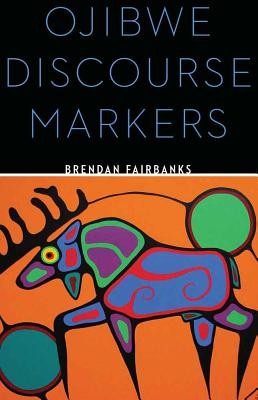
- We will send in 10–14 business days.
- Author: Brendan Fairbanks
- Publisher: University of Nebraska Press
- ISBN-10: 0803299338
- ISBN-13: 9780803299337
- Format: 15.2 x 22.9 x 1.6 cm, hardcover
- Language: English
- SAVE -10% with code: EXTRA
Reviews
Description
Published through the Recovering Languages and Literacies of the Americas initiative, supported by the Andrew W. Mellon Foundation
Brendan Fairbanks examines the challenging subject of discourse markers in Ojibwe, one of the many indigenous languages in the Algonquian family. Mille Lacs elder Jim Clark once described the discourse markers as "little bugs that are holding on for dear life." For example, discourse markers such as mii and gosha exist only on the periphery of sentences to provide either cohesion or nuance to utterances. Fairbanks focuses on the discourse markers that are the most ubiquitous and that exist most commonly within Ojibwe texts.
EXTRA 10 % discount with code: EXTRA
The promotion ends in 15d.01:10:20
The discount code is valid when purchasing from 10 €. Discounts do not stack.
- Author: Brendan Fairbanks
- Publisher: University of Nebraska Press
- ISBN-10: 0803299338
- ISBN-13: 9780803299337
- Format: 15.2 x 22.9 x 1.6 cm, hardcover
- Language: English English
Published through the Recovering Languages and Literacies of the Americas initiative, supported by the Andrew W. Mellon Foundation
Brendan Fairbanks examines the challenging subject of discourse markers in Ojibwe, one of the many indigenous languages in the Algonquian family. Mille Lacs elder Jim Clark once described the discourse markers as "little bugs that are holding on for dear life." For example, discourse markers such as mii and gosha exist only on the periphery of sentences to provide either cohesion or nuance to utterances. Fairbanks focuses on the discourse markers that are the most ubiquitous and that exist most commonly within Ojibwe texts.


Reviews